Taking As-Is: What it Means, and Why We Don't Recommend It
January 15, 2020
You have the option to take a unit as-is. What do you need to know?
WHAT DOES “AS-IS” MEAN?
At Helene’s Property Place, taking a unit “as-is” means that after signing a lease, the tenant receives the unit as the previous tenants left it. It’s basically as if someone just handed you their keys after moving out. HPP does not go into the unit between tenants for any reason, whether it’s to inspect for damages, clean the unit, or haul anything out. These are services we normally perform between tenants, but not when the unit is taken as-is.
WHY WOULD I RENT AS-IS?
When folks take a unit as-is, it's usually for one of these reasons:
-More flexibility when moving in
-Keeping the previous tenant’s items
If you absolutely must move in during a holiday or weekend when Helene’s Property Place is normally closed, taking a unit as-is might seem like the best option as it offers more flexibility. If you know the prior tenant, you can pick up the keys directly from them, and sometimes you can arrange to begin moving in stuff early before you’re officially handed keys.
A very common reason someone might consider taking a unit as-is is to keep the previous tenant’s stuff. Sometimes folks will leave appliances, furnishings, or décor behind for the next tenants. If you don’t take a unit as-is, these items would be hauled out by HPP staff. But if you choose to rent as-is, you inherit whatever was left in the unit.
But…
UNDERSTAND THE RISKS
…when you inherit everything in the unit, it isn’t limited to that new air conditioner or that sick bottle collection. It also means you are responsible for any damages, hauling, and cleaning when you move out, even if it was filthy or heavily damaged before you moved in. Because we don’t go in to perform an inspection, when you move out we will compare the current state of the unit to the condition report the original tenants signed when they moved in, which you will also sign.
Some risky situations that could occur are:
- If floors have been damaged beyond normal wear and tear at some point since the last time we turned the unit, we may have to replace them and the charges will be billed to you.
-If the walls are in bad shape or if the unit smells strongly of pet urine, trash, or smoke, there may be repairs, painting, and even ozone treatment needed. Even if you didn’t cause it or it was there before you took the unit, if it happened since our last turnover it is your responsibility…unless the next folks take the unit as-is from YOU.
-If a unit hasn’t been deep-cleaned in some time, it can take our team hours to fully clean the unit when you move out, resulting in funds being withheld from you deposit or even cause you to owe money.
We also will not go in and change the locks, meaning there may be past tenants, roommates, or friends with working keys to your new home. If you need to change the locks, you will need to keep the old lock hardware and give us copies of your new keys.
The problem with signing as-is is sometimes a unit rotates amongst tenants for years before someone signs a lease and chooses not to take it as-is. When this happens, the folks moving out are often stuck with years of damages and cleaning that hasn’t been done professionally in a long time, and years of other people’s furniture, food, and other unclaimed items have to be removed. It can be very expensive and time-consuming, and for this reason we do NOT recommend taking a unit as-is.
WHAT WE DO RECOMMEND
Try not to schedule moving vans and movers for holidays and weekends. If the departing tenant really wants to leave items for you, we recommend storing them somewhere else while we turn the unit. This way, all major damages can be repaired if needed, the unit will be cleaned, and we will record damages and give you an opportunity to record any damage and cleaning that we may have missed. Your new home will be a clean slate, and you won’t be held responsible for damages caused before you arrived.
*Banner image by Silvie Tittel
-SW

It’s probably been a few months since you signed all the documents for your new home. Moving day is exhausting and exciting, but there are some important, time-sensitive things that should be taken care of before you get too settled. Document, Document, Document Upon move-in, and ideally before you start moving everything inside, use a condition report or check-in sheet to record the state of your unit. Note damages, aged appliances, wear and tear—if it was there when you moved in and you do not want to be held responsible for it when you leave, write it down! Some companies, such as ours, will provide an inspection done by the company for you to add your own notes to, while others will give you a blank check-in sheet. Fill this out as soon as possible. Take photographs of the general condition of the unit and damages like holes, torn screens, etc. Check out this post for a more detailed guide to condition reports. Also take note of the cleanliness of the unit. If you find something was missed, request the company send someone in for a re-clean. It’s not your mess, and you do not want to be held responsible for a filthy oven or splattered wall you didn’t even cause! If you find anything broken, heavily damaged, or non-working upon move in, also note this and request repairs. Make sure to turn in any documentation to your landlord by the deadline they give you and make sure to request a copy of the documents you have submitted. Your Responsibilities As A Renter • Please be respectful and considerate of the property that has been leased to you. Do your best to leave it in the same condition when you drop off your keys as when you picked them up. • Make maintenance requests immediately. If you neglect to report needed maintenance, it could result in long-term damage and you may be held liable. • Report noise complaints to the police. • Landlords only have building or property insurance, so we highly recommend looking into renter’s insurance. • Pay your rent on time and keep an eye on your tenant ledger. If you come across any unexpected charges, contact your landlord for an explanation. We wish you many happy memories and pleasant rental experiences in your new home.

You’ve selected your roommates and you know just what you need—now what? In part 2 of our series on off-campus living, we will detail everything from apartment showings to lease signing. Do Your Research and Make Viewing Appointments Ask friends and peers for a head start on housing companies to call. Look at their websites and contact them about their policies and set up appointments to view units that you feel will be a good fit. We have some tips for you during this period of your search for a home. -Be aware that landlords must give notice to current tenants before showing their homes. As such, you generally will not be able to view a unit the same day you call for an appointment. Plan a few days ahead. -Some property management companies offer model units to view, rather than the actual unit you would be moving into. LOOK AT EXACT UNIT YOU WILL RENT when viewing homes. The model unit will not show the same condition as the unit you will actually be occupying. Appliances may be different and there may be damage to the floor, walls, etc. that you will not be aware of until moving day. -While setting up your showing appointment, ask about any holding fees, application fees, etc. associated with the application. -Also ask when other dues will need to be paid , like last month’s rent and security deposits. Will this company charge pet rent or a pet deposit? When is that due? -Does the unit fit your budget? Some property management companies charge per person or room, while others charge for the entire unit, so be careful to check on this while on the hunt for housing. - Ask what happens between the previous tenant and the new tenant. Will the unit be upgraded or cleaned? Most companies will not guarantee brand-new appliances or remodels, but make sure you are moving into a clean unit and that the landlord provides you with the opportunity to record preexisting damages (we will go into this in more detail in Part 3). We HIGHLY recommend that all roommates view the unit you have selected before signing the lease. Signing the Lease The time has come for you to sign your lease! Please make sure to read the entire lease and other documents before signing. -Is the lease a joint and severally liable lease or an individual lease? In other words, are you and your roommates separately responsible for your portions of the rent, or are you all responsible together for the entire rent? -Get a copy of all documents. -Ask questions about anything you are uncertain about. DO NOT SIGN if something seems wrong. There are some details that should be in every lease. - A beginning and end to the lease, unless it is a month-to-month lease - Rent amount and due date , as well as late fees and other fees and when they are assessed - Deposit and fee amounts , what they cover, and whether it’s refundable If you are concerned about what home décor will be allowed, ask the manager what alterations you are permitted to make in the unit, such as tack or nail holes, paint, and other fixtures. Once you have signed your lease, you’re all set until moving time! Click here to view our guide to moving into your first apartment.
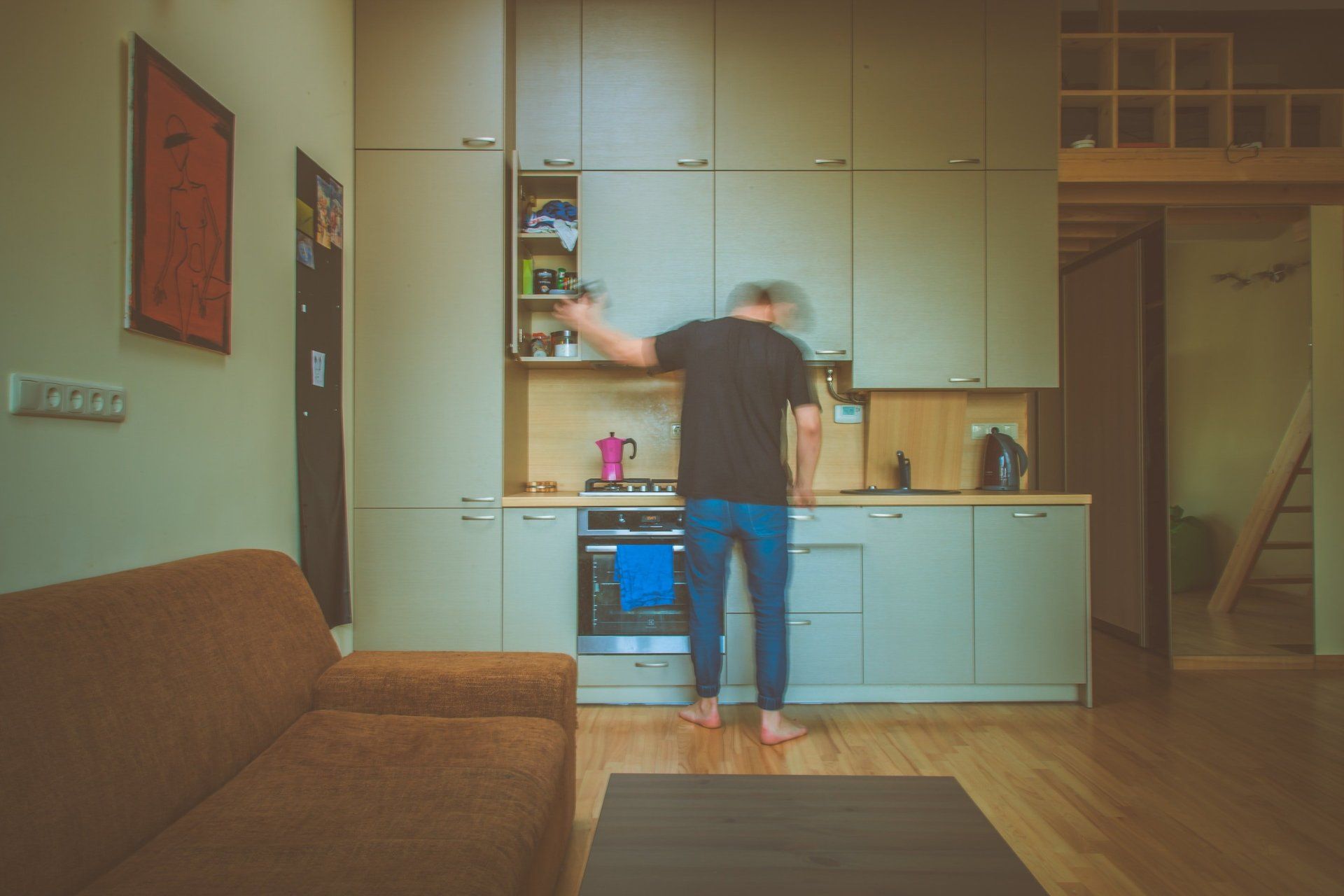
During this busy rental season in Pullman, we have created a three-part guide to inform students on off-campus rentals as they exit dorm or Greek life and move into their own home. What an exciting time! We are here to assist you along the way, starting with forming an idea of what you are looking for before you begin making phone calls. What kind of housing situation is ideal for you? Living Alone There is nothing like coming home to your own, quiet, personal space at the end of the day. Living alone offers complete control over your living situation—the décor, chores, and decisions are all on you. If the unit is pet-friendly and you want a pet, you don’t have to ask a roommate’s permission. You also don’t have to worry about roomies being late on bills—but the bills are entirely yours to pay. You will not have anyone to split them with. You will have to come up with your deposit and rent on your own, so if living alone is the life for you, make sure to budget and be prepared for this reality. Living With Roommates When renting off-campus for the first time, many tenants choose to live with roommates. It is an opportunity to make many fun memories together and to ease your adjustment to a more independent lifestyle. It also offers an easier transition into having bills and needing groceries—you can split the rent, utility, internet, and grocery costs. When determining who you will live with, it is crucial that you come to agreements before looking for rentals together. Make sure you are compatible with one another. Of course, you can always compromise and come up with ways to make tricky situations work, but make sure everyone is willing to do so. Some things to check on for compatibility with your potential roomies: -Will you respect each others’ boundaries? -Do you have similar expectations for cleanliness and chores? -Are your social lives and habits going to be in conflict while living together? (e.g., smoking, drinking, hosting parties, studying, work schedules, etc.) -Most importantly, will your roommates be responsible ? If you are splitting bills and someone is often late, or if a roommate or their pet damage the unit, all housemates could be held responsible. Your power or internet could be shut off. Someone might repeatedly not pay their share of groceries. A bad rental reference could affect your chances of renting elsewhere for a long time, so make sure your roommates are committed to being responsible and considerate. Pets Is any of a group of roommates bringing a pet with them? If they are, all roommates need to be on board as pets do increase rental costs and sometimes can cause you to lose part of your deposit if the animal causes any damage. Other things that need to be taken into consideration are allergies, other animals that may already be living there, and how the animal will be taken care of. Where will kitty’s litter box go? Is everyone going to have to take turns letting the dog out? - Unauthorized pets can result in pet fines, bad rental references, and other penalties. -Many property management companies charge fees for pets. Be prepared to pay fees or additional deposits for your animal. Before the Search Make sure your needs and preferences are agreed upon (if you have roommates) before looking for housing. -What type of housing do you need? Duplex, house, apartment? - How many rooms do you need? -What is your rent budget ? -What date do you need to move in? -What amenities and other features are preferred? This would include: -washer and dryer, hookups, coin-op laundry, AC, dishwasher, etc. -pets allowed -yard -type of parking -location -more than one bathroom Now that you have all the details down, you are ready to start your search! Click here for info on what to do next.
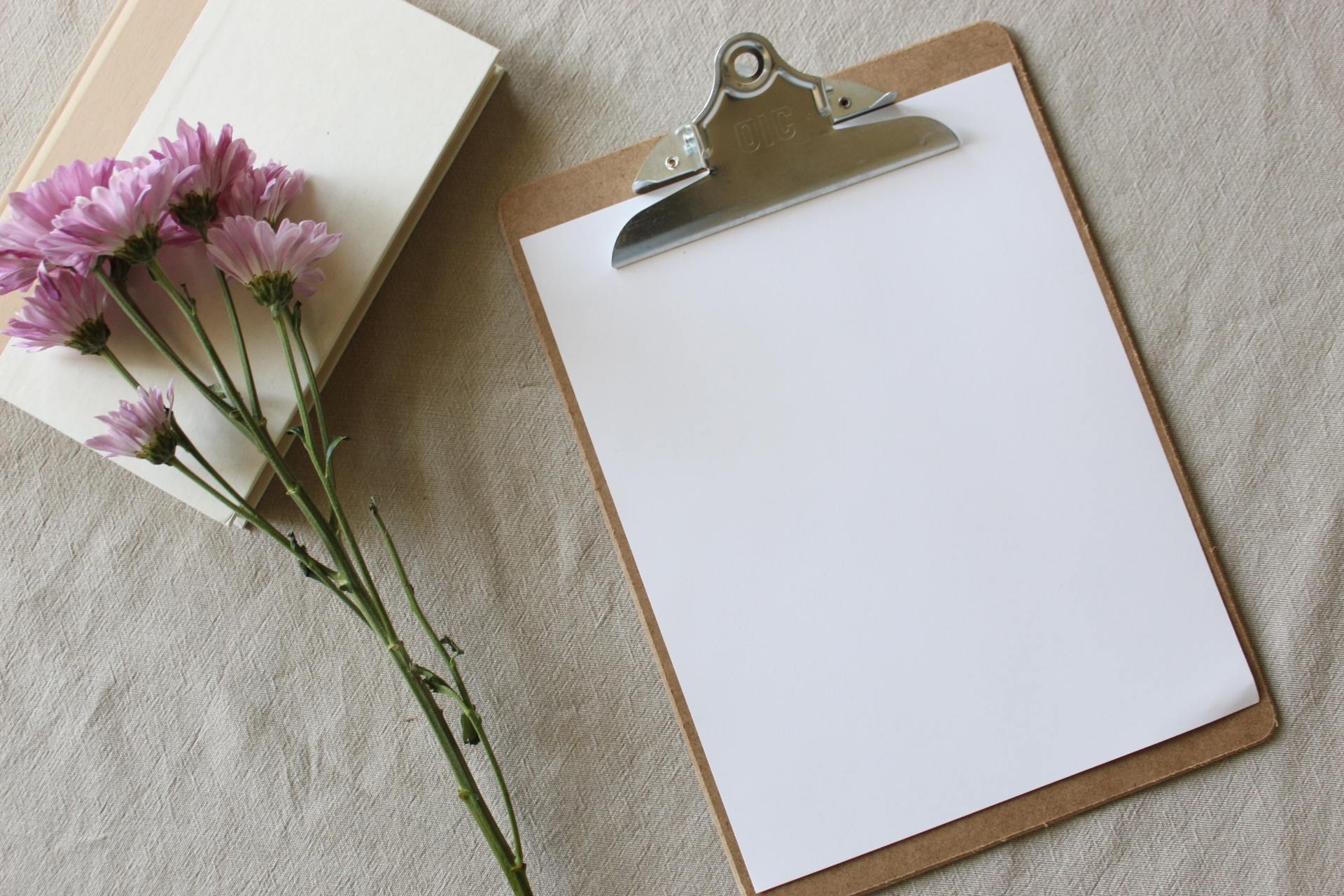
When you first move into your unit, you should be provided with a means of recording preexisting damage. This is called a condition report. Condition reports are extremely important, as without one you could end up responsible for undocumented damages when you move out. Before you move in too many items and possibly obscure existing damages, make sure to perform a thorough walkthrough of the unit. Now is a great time to have a lunch break and take a moment to inspect your new home. Here I have used some of the sections we use in our own condition reports as an example for what to look for. If you receive a condition report that is blank, this will help you thoroughly check your unit. If you have received a completed condition report that you can add to, use this guide to double-check the inspector’s work and add anything they may have missed. Appliances Check for dents, stains, dirty filters, scratches, and bent railings on all applicable items listed below: Air Conditioner Built-In Microwave Dishwasher Oven/Stove Refrigerator Washer/Dryer Cabinets Check for stains, wear and tear, and any broken shelving or drawers. Closets and Doors Check doors for tape damage, nail or screw holes, and heavy scratches or holes/dents. Check edges for chipping and make sure the hardware works. Counters Check for burns, stains, and chipped or cracked surfaces. Exterior If you have a yard, deck, porch, etc., make sure to give that a lookover as well! Note the condition of any carpeted decks or railings, and photograph the state of the yard. If you are responsible for yard care and the last tenant left an overgrown forest where there once was a lawn, let your property manager know. Floor Carpeted floor: check for holes, burns, melted spots, stains, and fraying. Wood or LVT floor: check for scratches, stains, etc. If the floor is older, note the general condition of the wear and tear. Concrete, vinyl, or tile floor: note stains, discoloration, cracks or breaks, holes, burns, etc. Lights Check the ceiling for broken or missing light covers. Make sure the light bulbs all work. Sink Check for chips, hard water stains, damaged hardware, discoloration, or other surface damage. Toilets Check the exterior for chipped edges or cracks and the bowl for stains. Note the general condition of the seat and lid. Make sure everything is secure and that the toilet flushes normally. Tub/Shower Check the shower surround and floor for discoloration, cracks, and chips. Make sure everything works properly. Walls Estimate the amount of nails, tack/nail holes, anchors, etc in each room. If the wall is riddled with tack holes, make sure it’s noted! Note and photograph any holes or dents and their size and location. Also be on the lookout for markings or stains. Windows Check blinds for breakage and stains. Do they work? Also note the condition of the window frame and the screen. Once you are done, we recommend going over the unit again later in case you missed anything. When I moved into my new place last summer, it wasn’t until I was lying on my living room floor in exhaustion the first night that I realized the ceiling had three big cuts in it! Turn in your condition report (and reclean request, if your landlord provides that service) by the deadline given and finish your move. Now you are free to take your time unpacking, decorating, and making your new home your own! Photo by Bethany Cirlincion via Upsplash -SW

Explore Downtown Downtown Pullman hosts a rich array of restaurants, bars, and specialty shops. Grab a cup of coffee, boba, or tea from one of our local cafes and take a stroll through the storefronts. On top of supporting local businesses, window shopping, and browsing the cozy shops, take a moment to admire the architecture and brick buildings. Stop on the busy corner of Main and Grand and observe the Flatiron building , a structure designed by the iconic Pullman resident, William Swain, who also designed the Greystone Church building on College Hill. Reading is Fundamental On your way through downtown, pay a visit to our library on the corner of Olsen and Grand (finish your drink before you go inside!). Take a trip around the brick structure to admire the sculptures and the relief wall art, then head inside, where you can find an array of books that include Palouse authors and special collections. Perhaps you can track down some local poetry and settle into a cozy chair by the floor-to-ceiling windowed lounge area for an afternoon read. Take in a Show There are multiple cinemas and community theaters between Moscow and Pullman. Take in a new film at one of the movie theaters, see a play put on by your community, or look up on the events and specialty films playing in downtown Moscow. If nothing is playing that interests you, Howard Hughes rentals next door to the Kenworthy boasts a wide collection of films and series for rent. Know Your History Did you know College Hill has a historic district? Regardless of whether you are a student or not, our beloved campus neighborhood contains beautiful vintage homes and notable buildings. Search the National Register of Historic Places for more history to observe. Several of our own rental buildings were once homes to notable figures or present historically significant architecture. Check out this historic building inventory for a fascinating breakdown of some of the homes on Maple Street and the surrounding area. For the paranormally inclined, there are also many fascinating stories and even television episodes based on the reportedly haunted locations in this region. If spooky history is your thing, make yourself some tea and read about the creepy tales and legends based in these cities: -Moscow -Pullman -Lewiston -Colfax -Spokane -Spirit Lake -Coeur d'Alene Run to the Hills College Hill isn't the only place in Pullman to explore. Pullman is divided into four hills--Military, Sunnyside, Pioneer, and College. These are denoted by street direction. Use this page on Pullman's Chamber of Commerce website to find out which quadrant of the town you frequent the most. Then, choose a different hill you rarely or never visit and go exploring! Check out the parks and the walking paths and take a stroll through the different neighborhoods. Maybe pack a lunch, dig up your old Pokemon Go app, or do some reading on the history of the hill you chose. You might be surprised by what you learn! -SW
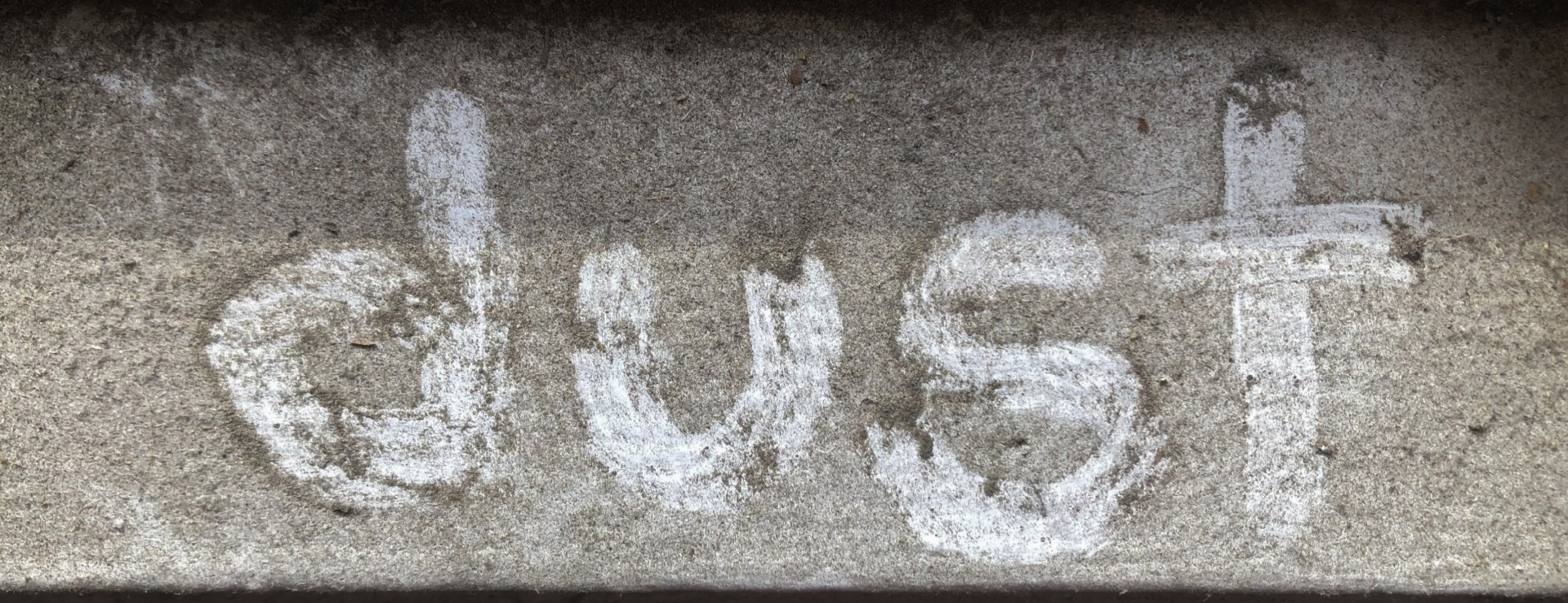
When deep-cleaning your home, it’s easy to miss all the small surfaces that collect dust. Combined with humidity, dust can get sticky and form an unsightly grime. Here’s a quick checklist of places to double-check. Usually a quick wipe with a damp rag will do the trick! LEDGES Check the narrow top ledges of: -trim -door and window frames -vents and heaters -tub and shower surrounds -wire covers (narrow tubes that cover exposed wiring along walls or ceilings) Check underneath: -stovetops -oven door handles AROUND AND BEHIND Do a once-over around and behind: -toilet bases -faucet bases -appliances ABOVE AND BELOW Check these areas too! -bath fans -vents -trim surfaces, especially under cabinets or behind toilet -blinds (these can go from dusty to grimy and may take more work. Be cautious with blinds as their slats can bend or break and be careful with the hardware attaching them to the wall) -SW

WATCH THE SKIES Keep an eye on the weather forecast, especially in the week preceding your move. Try to steer around days with heavy storms and sleet if you can. Trying to move in these conditions will only add stress, risk, and time spent driving (when daylight is already limited) to your moving day. Wintertime is generally a slower season for moving companies, so you may have more flexibility if you need to reschedule van pickups and movers with only a few days’ notice. PROTECT YOUR FLOORS Multiple individuals tramping in and out with wet, snowy boots will track in mud, foliage, and ice melt, which can damage flooring. When you transfer your items out of your old place and into your new one, place a tarp or painter’s plastic over your flooring. I would recommend tarp—it’s incredible versatile and you can reuse it, while plastic drop cloth is slightly less reusable and usually has special requirements to recycle it. DROP THE TEMP Your doors will likely be open the entire time you’re moving your boxes in and out. If you try to heat your entryway, living room, etc., all that heat will be going right out the door and onto your power bill. Instead, lower your heat. Don’t go below the recommended 65° range, as you want to keep the interior safe and the pipes from getting too cold. Turn on the heat or use space heaters in enclosed spaces, like the bathroom or an enclosed laundry room where movers can escape to warm up without wasting energy. HIRE A SITTER Moving to a strange new location can stress out anyone, but pets can be especially uncomfortable with all the new sights, smells, and people bustling about on moving day. You definitely don’t want your pets to escape through an open door any time of year, but especially not in the Palouse winter. And the long cold day can be downright miserable for young children. Board your pets and/or hire a sitter for a few hours. It will give you peace of mind and your children (or furchildren) will be warm and safe with someone else keeping watch over them. KEEP ELECTRONICS TOASTY Cold weather can inflict serious damage on electronics and musical instruments. Pack your consoles, small appliances, laptops etc. safely into as few boxes as possible and store them in the cab of your truck or inside your car during the drive to your new home. Utilize home items like blankets, pillows, and jackets to bundle around items that won’t fit in a box, such as a guitar in its case. This will help keep them insulated. -SW
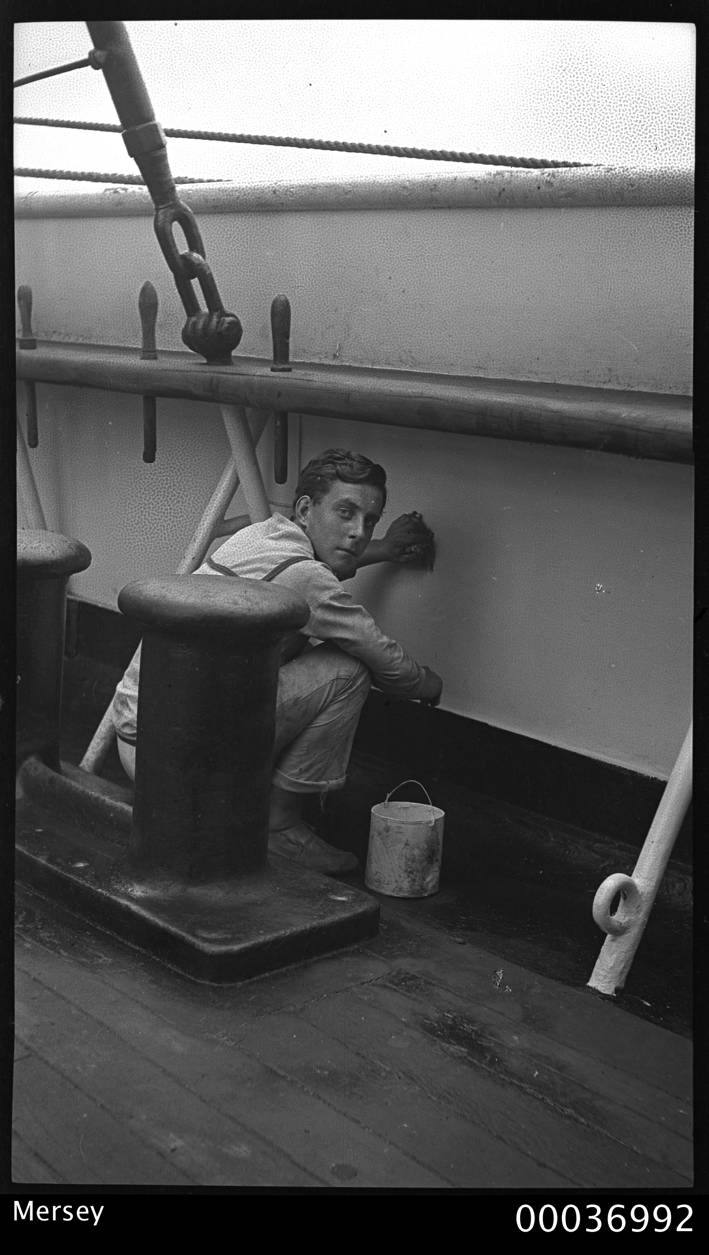
While these solutions are quite effective if done properly, paint can only take so much treatment. Be gentle, and stop immediately if you are concerned about damaging the paint. It is better to leave a small scuff mark or stain than to accidentally rub the paint off the wall! The products listed in this post are: -all-purpose cleaner and degreaser such as Simple Green. Do not use a strong degreaser! -magic erasers (melamine foam blocks treated with cleaning solution) -cleaning rags -cotton pads -hair dryer -rubbing alcohol Scuffs, crayon, pencil, smears, heater marks, and smudges- Sometimes a rag and all-purpose spray just doesn't cut it, especially on textured surfaces. These everyday blemishes can be removed with a magic eraser. After spot testin g the product in a discreet place, dampen the area with a gentle all-purpose cleaner or mild soapy water. Wipe with the foam block, then wipe again with a dry cloth to remove cleaning product residue. If you find the marks are not budging, stop wiping. Melamine foam's effectiveness lies in it being a very fine abrasive. It can eventually wear through paint if too much repetition or pressure is applied to one spot. Foam tape and stickers- Foam tape (such as Command strips) and stickers often break off in chunks and leave a gunky residue behind that accumulates dust and grime, leaving an unsightly mark on the wall. Before removing, heat with a blow dryer to soften the adhesive beneath. If the sticker does not lift easily, don’t pull it yet! Once the sitcker/tape is removed, wipe off excess residue with rubbing alcohol. Some paper stickers/labels and residue can also be dissolved and wiped off by saturating a cotton pad in a gentle cleaner and sticking the pad on top of the sticker. Let it sit for at least 15 minutes and then wipe off. Wax- Don't scrape your walls! Instead, gently heat the wax with a blow dryer, wiping the softened wax as you go. Remove any remaining residue with a 1:3 vinegar-water solution. Splatters, sticky spots, and drips- A big time-consumer when we clean apartments after move-out is removing dried-on flecks of residue and drips on the walls. These are common around sinks, above stovetops, and in areas where kitchen trash cans are commonly placed. After drying down, they can be very difficult to remove. Start by spraying the wall with a gentle cleaner/degreaser and let it sit for 5-10 minutes before wiping down with a rag. If the residue doesn’t come off, repeat the process a second time. It may take some time, but eventually most stubborn drops of cooking oil or toothpaste will soften and wipe off. If you are concerned about damaging the paint, stop and gently pat the wall dry. To minimize the need to clean your kitchen walls, use a grease splatter screen while cooking! Check in with our blog again soon for more deep cleaning solutions! -SW
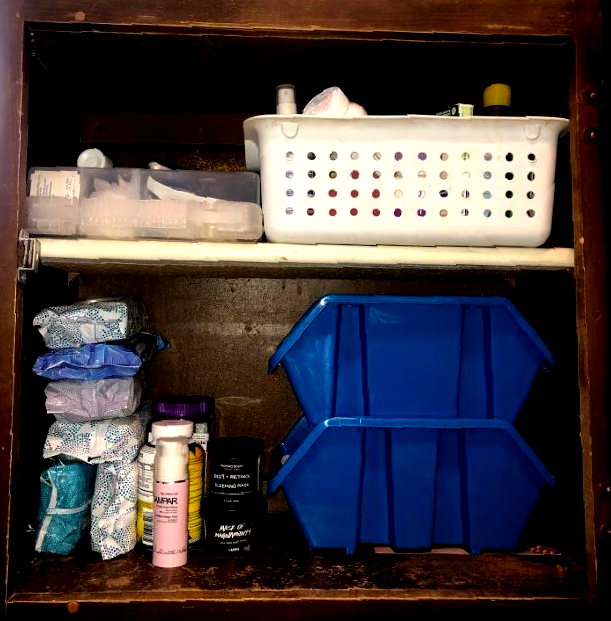
Do you find your hair gel keeps falling in the sink? Is it outside the realm of physics for your bathroom countertop to store both your toothpaste AND your massive collection of eyebrow pencils? Tiny bathrooms still provide all the basic functions that we need, but sometimes we do have to get a little creative in order to store our stuff. Try Depotting Currently trending in the beauty community, depotting is simply taking stuff out of their containers and putting them into smaller containers. Put all your pressed powder pans into a magnetic palette, cut open your various lotions and scrape them into matching tubs, and put your vitamins into stackable screw-top containers. They even make a tiny rubber spatula specifically for this purpose! It’s so satisfying and it saves space while reducing product waste. It's also an opportunity to make your shelves look clean and orderly with matching containers. Dollar Store Shook Visit your local dollar store or 99 cent store to stock up on items like: -storage bins -fabric cubicle boxes -trays -jars -tiny drawer sets -baskets -stackable bins Use these items to compartmentalize and organize everything for 10-20 bucks. Stack your loose items in bins rather than keeping them loose and take advantage of every square inch of space in your bathroom cabinets. Towels Stored Separately If you’re short on shelving, find a special place for clean towels outside of the bathroom. Find a shelf in your bedroom closet. If you’d prefer to keep them in a more communal area, try keeping them in a utility or hallway closet, a basket in the hall, or perhaps an ottoman with secret storage. Counteract Lack of Counter Space I have a sink with virtually no counter space and a lot! of! products! that I use every day that tumble into the sink or get knocked into the trash by the cat, never to be seen again. If you’re like me, check out the bathroom supplies or hardware section at a home goods/home supply store and pick up a couple wire shower baskets with suction cups on the back. Stick these along the bottom of your bathroom mirror or line them up along the sides to keep all your potions and random everyday toiletries off the counter and safe from harm. Edward Sharpe and the Magnetic Finishing Powder Hang up a magnetic board to store loose cosmetics, combs, toothbrushes etc. Use a store-bought board or make one of your own—just make sure to use damage-free methods when hanging up! Stick a small magnet on the back of lightweight items to store them on the wall. You can also use this to hold onto your bobby pins, clips, and hair bands. Consider a Caddy Sometimes there’s no way around it—there simply isn’t enough room for you and your roommate’s items. Keep all of your personal products in a shower caddy to keep things organized. As a bonus, keeping items like makeup brushes or facial towels stored outside of the bathroom keeps them safe from excess humidity and reduces exposure to bacteria. -SW





